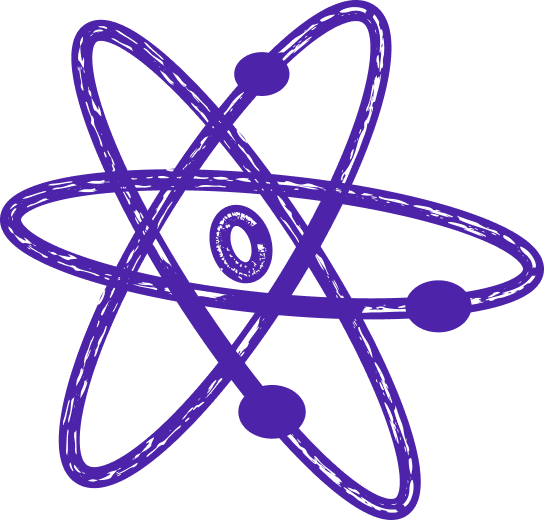
what is floating point arithmetic
Floating-Point Arithmetic
Floating-point arithmetic is a fundamental concept in computer science and mathematics that deals with the representation and manipulation of real numbers in a computer system. It involves performing mathematical operations, such as addition, subtraction, multiplication, and division, on numbers with fractional parts or numbers that are too large or small to be represented using fixed-point notation.
In a computer system, real numbers are typically stored in a format known as floating-point representation. This format consists of two main components: a sign bit, which indicates whether the number is positive or negative, and a significand (also known as mantissa) which represents the significant digits of the number. Additionally, a floating-point number includes an exponent, which determines the scale or magnitude of the number.
The floating-point representation allows for a wide range of numbers to be represented, including both very large and very small values, as well as numbers with varying levels of precision. This flexibility is achieved by allocating a fixed number of bits for the significand and the exponent, allowing the computer to adjust the position of the decimal point and the range of the number as needed.
However, it is important to note that floating-point arithmetic is not always exact due to the limitations of finite precision. In some cases, certain real numbers cannot be represented precisely using the floating-point format, leading to rounding errors and inaccuracies in calculations. These errors can accumulate over multiple operations, potentially affecting the overall accuracy of a computation.
To mitigate these issues, computer systems employ various techniques to minimize the impact of floating-point errors. One common approach is to use higher precision floating-point formats, which allocate more bits for the significand and exponent, thereby increasing the overall precision of calculations. Additionally, algorithms and libraries have been developed to handle floating-point arithmetic with improved accuracy and robustness.
Floating-point arithmetic is widely used in various fields, including scientific computing, engineering, finance, and computer graphics. It enables complex simulations, accurate modeling of physical phenomena, and precise calculations in financial markets. However, it is crucial for developers and mathematicians to be aware of the limitations and potential pitfalls associated with floating-point arithmetic to ensure the reliability and correctness of their computations.
In conclusion, floating-point arithmetic is a fundamental concept in computer science that allows for the representation and manipulation of real numbers in a computer system. It provides a flexible and efficient means of performing mathematical operations on numbers with fractional parts or extreme magnitudes. Although it can introduce rounding errors and inaccuracies, proper understanding and utilization of floating-point arithmetic techniques can enable accurate and reliable computations in a wide range of applications.

Digital Transformation Strategy for Siemens Finance
Cloud-based platform for Siemens Financial Services in Poland
Kick-start your AI Digital Transformation strategy with experts.
We design tailored digital transformation strategies that address real business needs.
- AI Strategic Workshops
- Process & Systems Audit
- Implementation Roadmap
Let’s build your next digital product — faster, safer, smarter.
Book a free consultationWork with a team trusted by top-tier companies.








